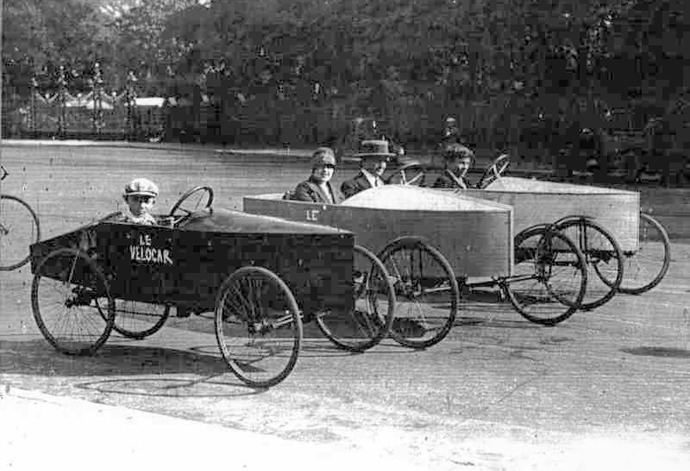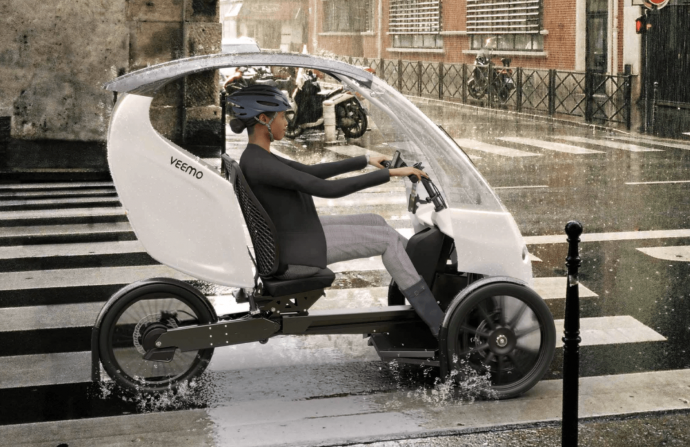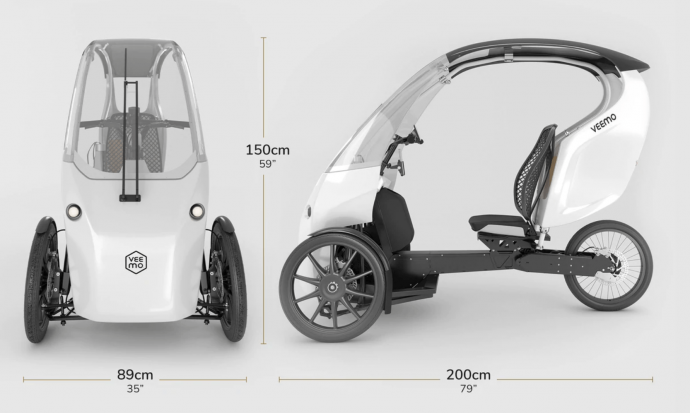
Looking more like a UFO than a bicycle, this is the Aerovelo Eta Speedbike streaking across the Nevada landscape at a world record-breaking 89mph. But if a bike can travel at almost 90mph, why is the average commute so slow by comparison? One of the reasons might be that super-efficient and fast recumbent bikes were ignored for decades.
This Aerovelo ETA speedbike that cracked the record isn’t just fast enough to smash the national speed limit, it’s incredibly efficient. The fully faired recumbent bike is a state-of-the-art HPV (human-powered vehicle) and boasts a fuel efficiency equivalent to 9544 mpg – or about one hundred times better than the most efficient electric cars.
The curious thing is that super-efficient pedal-powered machines capable of outperforming conventional cycles are nothing new. Velocars were pedal-powered ‘cars’ that proved a popular way of getting about towns and cities during the 1930s.
So efficient were these lightweight machines, that they broke cycling speed records before being promptly declared ineligible to race by cycling’s governing body. Velocars soon evolved into trikes but the ban on them racing meant they vanished from public consciousness for many decades.

With petrol and diesel prices heading towards £2 per litre, we are in desperate need of an affordable and environmentally sustainable alternative to the internal combustion engine. When we come to value clean air, safe streets, health and vitality over the congestion and road danger caused by cars, perhaps many of us will turn to human-powered vehicles such as the Veemo.
The Veemo is not much larger than a mountain bike at 200 cm long, 89 cm wide and 150 cm high and is approved for travel within bike lanes. Its battery provides a range of travel of up to 43 miles per charge.
When the German-British statistician and economist Ernst Schumacher said “Any intelligent fool can make things bigger, more complex, and more violent. It takes a touch of genius — and a lot of courage to move in the opposite direction“, he was making the case for human-scale, decentralised and appropriate technologies. It’s a shame car makers did not take note.
Cars are getting heavier
An appetite for creature comforts like air conditioning and electric windows has helped pile on the pounds, but it’s the car occupant safety features that have seen the family runabout become ever more tank-like. Everybody wants to remain safe on the roads, but the heavier and faster the next car, the more robust your own vehicle needs to be. You need only look at how the original mini, or Fiat 500 or VW Golf have become bloated in their middle age. Unfortunately, the real losers are those outside the cars.
So serious is the threat from heavier cars – driven largely by the current fashion for SUVs – that The European Transport Safety Council (ETSC) has called for a ban on SUVs in towns and cities in a bid to cut cyclist and pedestrian fatalities. The risk of severe injury or death for a pedestrian is higher in collisions with Sport Utility Vehicles (SUVs) and vans compared to passenger cars because of the way they are designed: SUVs and vans are stiffer, they have higher bumpers and are heavier.”
The case for replacing replacing urban car journeys with HPVs like the Veemo has never been stronger.
The ethical choice
The ETA was established in 1990 as an ethical provider of green, reliable travel services. Over 30 years on, we continue to offer cycle insurance, breakdown cover and mobility scooter insurance while putting concern for the environment at the heart of all we do.
The Good Shopping Guide judges us to be the UK’s most ethical provider.


Mike Croker
‘Velocars soon evolved into trikes’? I think you mean bikes – eg Mochet Velo-Velocar https://onlinebicyclemuseum.co.uk/1934-1936-mochet-velo-velocar/
Jayne
I love the veemo! Finally an all weather alternative to the car. Will be interesting to see how they develop.